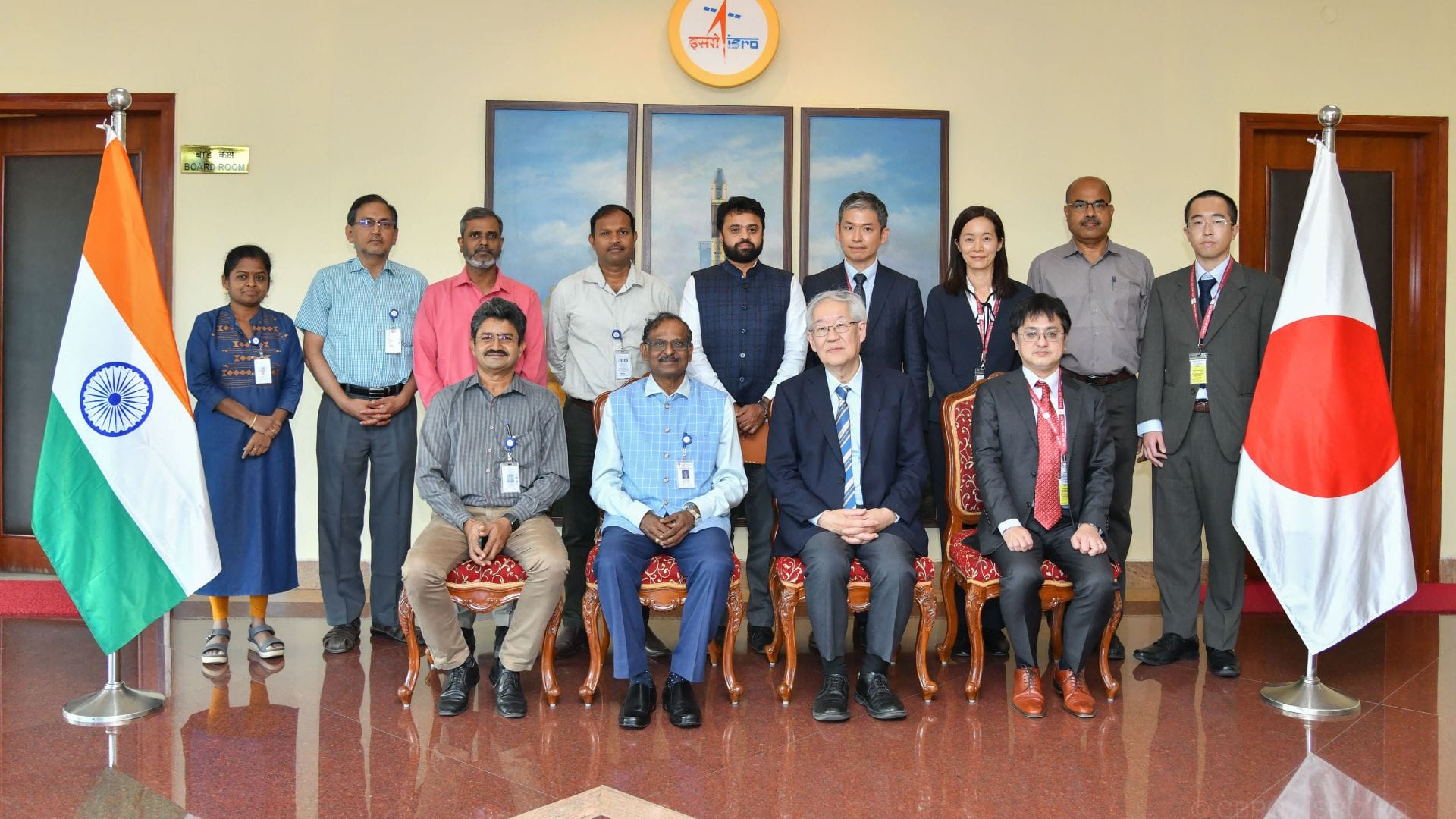New Delhi: Vice-Chair of Japan’s Cabinet Committee on National Space Policy Saku Tsuneta met with ISRO Chairman V Narayanan at ISRO HQ in Bengaluru. The status of the ISRO-JAXA joint lunar polar exploration mission was discussed, along with potential future collaborations including a robotic arm for an orbital complex, the launch of scientific satellites, and avenues for partnerships between academic institutions as well as private companies from both India and Japan. The Japanese delegation also visited the UR Rao Satellite Centre in Bengaluru, where India assembles and tests its satellites before transporting them to India’s spaceport in Sriharikota.
ISRO and Japan are working on the Chandrayaan 5/LUPEX mission, which is currently scheduled for launch in 2029. Officials from ISRO and JAXA met for technical discussions towards the mission earlier in the year. ISRO will be providing the lander, while Japan will be providing a rover, as well as launching the mission Japan. The lander is headed to the highlands around the lunar south pole, a promising location to find water on or close to the surface. The lander will be equipped with a ground penetrating radar and an infrared payload to estimate the amount of water in the region. The rover will actively prospect for and attempt to mine water.
A Japanese robotic arm for Bharatiya Antariksh Station?
Japan is one of the collaborators on the International Space Station, providing the Kibo laboratory module that is equipped with its own robotic arm and exposed platform. The module is also equipped with a small satellite deployer that has released 100s of CubeSats. ISRO is planning to assemble its own orbital complex by 2035, called the Bharatiya Antariksh Station (BAS) with the first module scheduled for launch by 2028. From the start, the station has been designed with modularity in mind, with the potential for attaching inflatable habitats as well as robotic arms. It is possible that Japan could be providing a robotic arm for the Bharatiya Antariksh Station.
